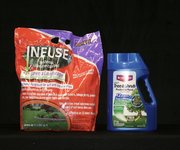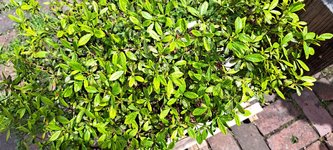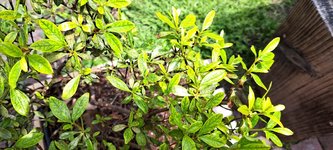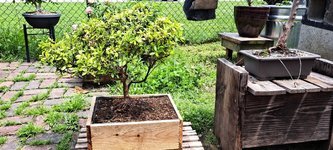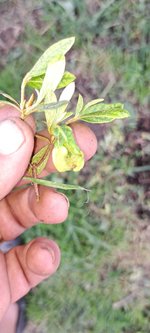jandslegate
Shohin
I have an Azalea that I've identified as having a fungal infection. I've gone through and removed all the infected leaves I could find. I've moved it to a slightly less shady location and will monitor watering more thoroughly. My question is which to use for treatment out of what I have on hand. I have Immunox, Bioadvanced 3in 1 (the systemic rose one) which saved some trees last year from aphids and Japanese beetles or good old Neem oil. Obviously if none of those are good then I'm open to suggestions. I'd just rather not buy anything else if I don't have to.
I'm running out of daylight and I don't have a picture but I'm pretty confident on the fungal infection. It is a Sweet Sixteen evergreen azalea.
I'm running out of daylight and I don't have a picture but I'm pretty confident on the fungal infection. It is a Sweet Sixteen evergreen azalea.

